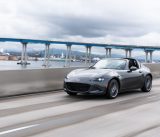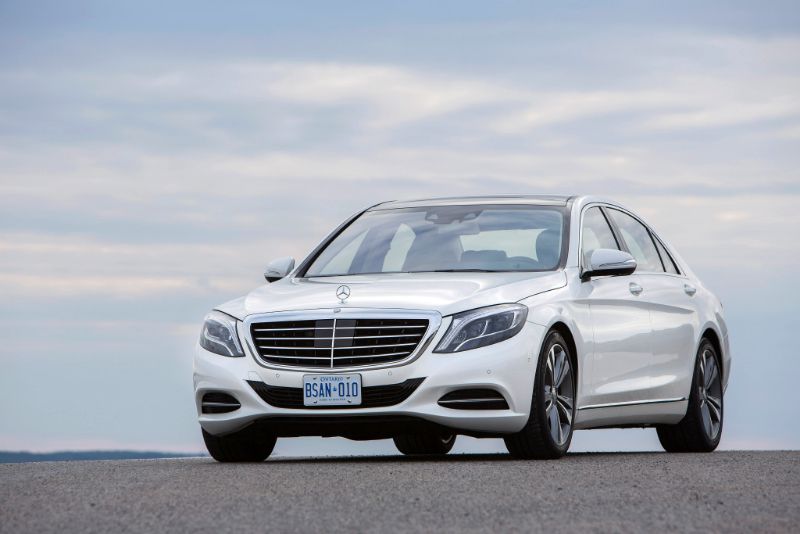
The Mercedes-Benz S-Class is the peak of luxury with its status as a full-size luxury car. As the flagship class of the Mercedes-Benz lineup, the S-Class has always stood out from the crowd, starting from its debut in 1972. The S-Class was previously called the Sonderklasse that translates to “special class” in German and was abbreviated as the S-Klasse. The first S-Class designated vehicle arrived in 1972 as the W 116, and the S-Class has not taken a break since its debut.
116 Model Series

W 116 model
The Mercedes-Benz S-Class began in 1972 with the model series 116, which lasted until 1980. In addition to the new S-Class designation, numerous innovations for this model set the bar higher for both comfort and safety. In terms of safety, this model got a four-spoke safety steering wheel, larger headlamps, and a collision-proof fuel tank. It also got distinctive turn signal lamps, dirt-deflecting ribbed rear lamps, and dirt-deflecting side lamps. In 1977, Mercedes-Benz added the 300 SD to the North American markets with its diesel engine. This auto was the very first series production auto to feature a turbo-diesel powertrain. In 1978, the S-Class became the first series production vehicle with ABS, which now is standard on all vehicles.
126 Model Series
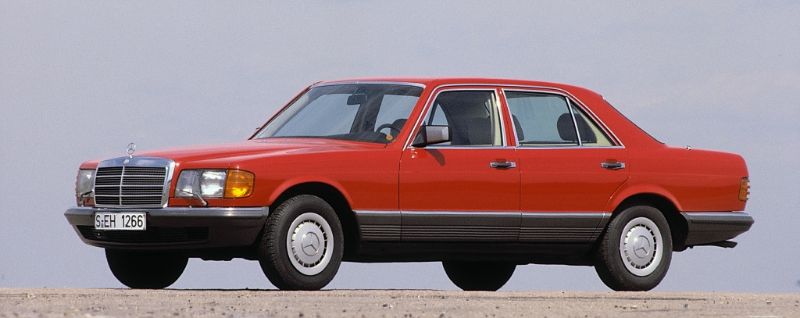
W 126 series
In 1979, the model series 126 entered the market, at which point Mercedes-Benz was already known for sharing the successful tech from the S-Class models with those of other classes. The airbag turned up in 1981. This generation also got to take advantage of a shape that was aerodynamically enhanced plus systematic weight reduction thanks to light-alloy V8s and other changes. The 126 series of the S-Class was also a trendsetter in terms of design as the first passenger car from Mercedes-Benz that had deformable plastic bumpers instead of chrome ones, built with the ability to handle parking dents. Eventually, most drivers and experts agreed that this generation was elegant and timeless.
140 Model Series
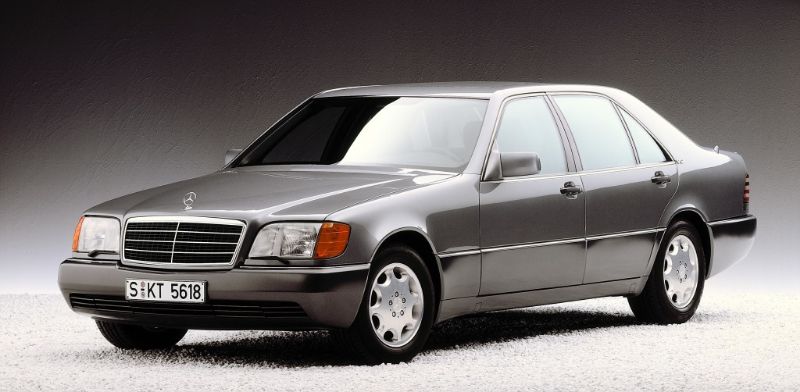
W 140 Series
In 1991, the Mercedes-Benz S-Class arrived with the 140 model series that maximized comfort. This was achieved via double glazing that optimized acoustic insulation and larger dimensions. The 600 SE and 600 SEL were the first Mercedes-Benz production autos with V12 engines. The entry-level 300 SD with its turbo-diesel was now available outside of North America. This S-Class generation also debuted the ESP Electronic Stability Program, which came standard on V12 models or as an option for V8s starting in 1995. In 1996, Mercedes-Benz added the BAS Brake Assist System to the S-Class.
220 Model Series
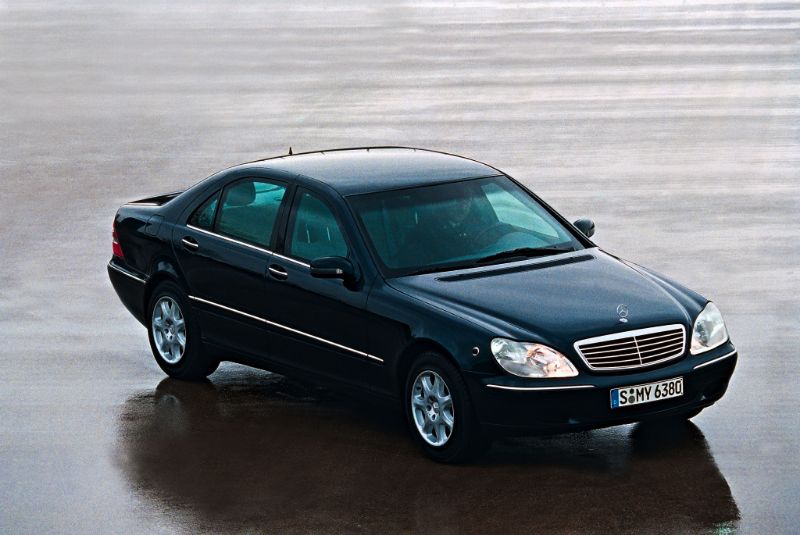
W 220 model
In 1998, the 220 model series was unveiled with improved comfort and safety features plus a drop in weight. Some of the comfort came from the new electronically controlled AIRMATIC air suspension, DISTRONIC proximity-controlled cruise control, and COMAND control plus display system. In 1999, Active Body Control arrived to reduce body roll. The first AMG model launched in this generation as an S 55 AMG. By autumn 2002, the high-end S 600 could reach 500 horsepower. This was also when PRE-SAFE preventative occupant safety was introduced, as did 4MATIC permanent all-wheel drive. In 2005, the 221 model series arrived, with an upgrade in 2009.




